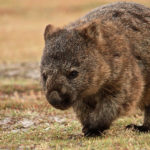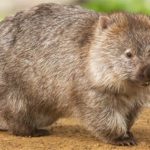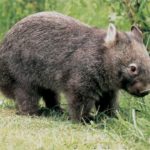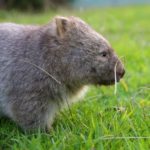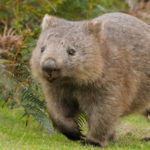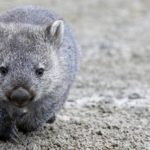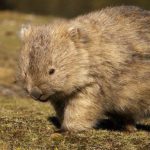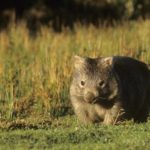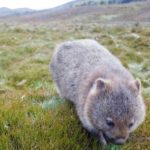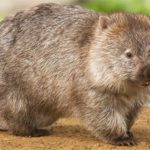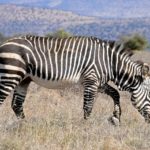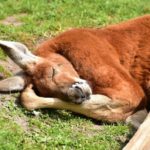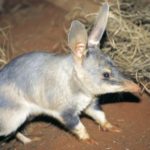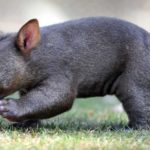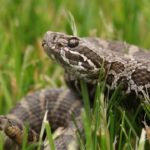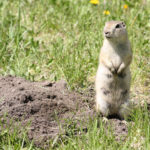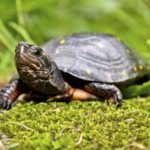Facts about Wombats
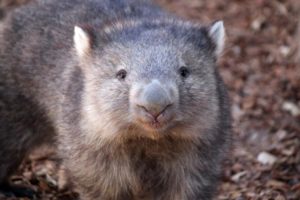 Wombats are herbivorous marsupial mammals, which in appearance resemble small bears. These animals appeared on Earth about 18 million years ago. Today there are three types of wombats, one of which is endangered. 10 facts about wombats will tell more about these animals that spend most of their life underground.
Wombats are herbivorous marsupial mammals, which in appearance resemble small bears. These animals appeared on Earth about 18 million years ago. Today there are three types of wombats, one of which is endangered. 10 facts about wombats will tell more about these animals that spend most of their life underground.
Wombats can reach a length of 120 cm and weigh up to 45 kg. Their body is compact and adapted to dig holes: short and strong limbs, large claws on the fingers, short tail.
The structure of the jaws of wombats resembles the structure of the jaws of rodents. These animals also have the smallest number of teeth among the marsupials – only 12.
The nearest modern relatives of wombats are koalas.
The family of wombats includes long-haired and short-haired species, as well as five extinct births of wombats.
The maximum recorded lifespan of the wombat in captivity was 34 years, and as of early 2014, the oldest survivor is wombat named Patrick. He is 28 years old and lives in Ballarat Wildlife Park (Australia).
Wombats are the largest mammals that dig burrows. An animal can burrow into the ground in a matter of minutes, and even a man can fit in the holes of wombats.
Wombats live only in Australia. The main enemy of these harmless and cute animals is a man. Wombats can dig underground passages near farms and animal enclosures, thus opening dingoes to livestock. A lot of wombats also die under the wheels of cars.
One of the three kinds of wombats, namely Queensland, is threatened with extinction. In a small reserve in the city of the same name, there are about 118 individuals.
The metabolism of wombates proceeds very slowly, but effectively. So, to digest food, wombat needs 14 days. Along with camels, wombats are considered to be the most economical consumers of water, since they need only 22 ml of water per kilogram per kilogram of water.
Defending its territory, the wombat can butt and hit hard with its head like a ram. In addition, on the pelvic bones of the animal there is a kind of shield, which it can defend when attacking predators.
